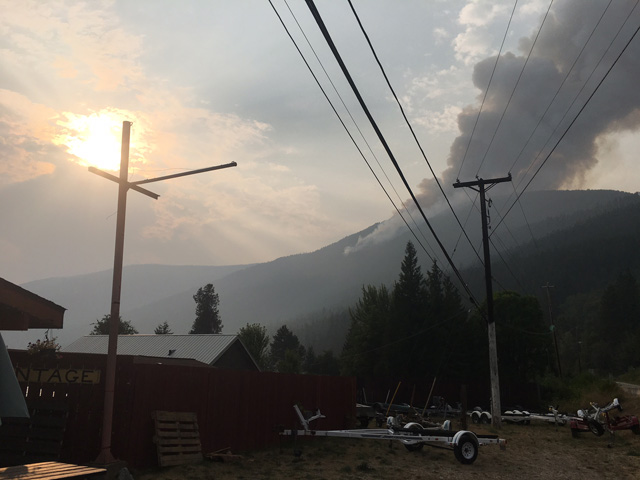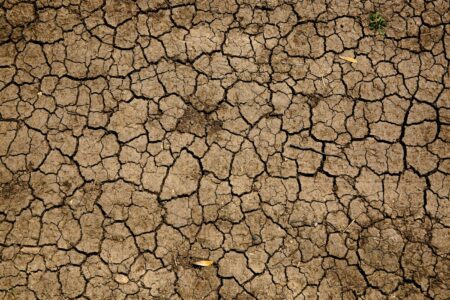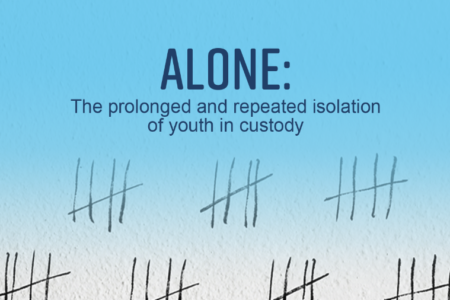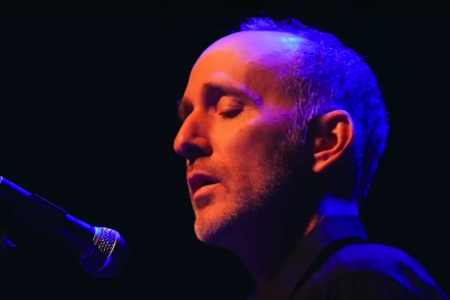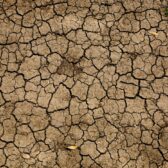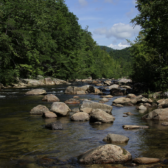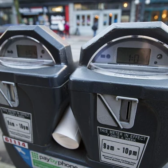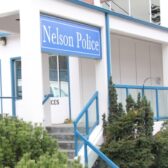Fire season of 2017 the worst on record for region due to hot and dry summer conditions
The 2017 fire season is officially the worst fire season on record in the Southeast region, having surpassed the most hectares burned in one year just last week.
According to Southeast Fire Centre data, the total hectares burned this year bumped up to 88,911 heading into October, just over the previous worst year in history for the region in 2003 when 88,697 ha. were burned.
However, the Southeast season saw fewer fires (368) this year — 279 were lightning-caused and the rest were caused by people (89) — compared to 635 fires of 2003.
Other busy years include 1967 when 933 fires burned 25,904 ha., and 1971 when 556 fires burned 52,531 ha.
It was a very challenging season in the West Kootenay as well as across the province with the extremely hot and dry conditions prevailing for so many weeks, creating fertile conditions for wildfires, said Southeast fire information officer Karlie Shaughnessy.
It was a torrid finish to a season which started well below normal, the offspring of a very cold and wet spring.
In May the season was very slow and the majority of the B.C. Wildfire Service (BCWS) work was focused on flood efforts, with the season heating up in June when 34 fires burned 70 ha., but still below the five-year average of 42 fires and 187 ha.
“The rain mostly stopped by mid-June, and by the end of the month, we started to see many starts, mainly as result of lightning,” said Shaughnessy.
When the heat of July hit and the spring moisture had dissipated, the number of fires jumped to 196, with 8,813 ha. burned, above the five-year average of 149 fires and 902 ha. burned.
“July fire starts came in strong and didn’t let up with majority of the starts started by dry lightning,” Shaughnessy explained.
By the end of August, the area had experienced 332 fires burn 25,516 hectares, well above the five-year average of 295 fires and 4,499 hectares burned.
The fires burned up financial and personnel resources along the way. The normal provincial contingency of firefighters is 1,000 — all BCWS firefighters are a provincial resource and go where they are needed — but about 290 reside within the Southeast Fire Centre.
“Because of the enormity of the fire situation, BCWS was able to hire contractors and rely on our Canadian Interagency agreements for out-of-province assistance,” said Shaughnessy.
And the province used it. At peak capacity at the end of July, over 4,700 personnel had been engaged, and close to 1,200 out-of-province resources had been utilized (by July 25).
Although there are no figures for what was spent locally on fighting forest fires this year, the provincial total is $554,471,847.98.
Face-to-face with fire
In a season where there were so many major fires, there was no one worst fire, said Shaughnessy.
“It’s hard to pin it down to one fire. I would say all the fires that threatened communities were the worst,” she said.
Those threatening fires in the Southeast were:
2017 evacuation alert list (11)
- Mountain Creek (Heather Mountain Lodge)
- Harrop Creek (Harrop/Proctor area)
- McCormick Creek (Nelway/Shambhala Music Festival)
- Lamb Creek (Moyie)
- Linklater (Newgate/Lake Koocanusa)
- Rapid Creek (Poplar Creek)
- Galena (Galena Bay)
- Quinn Creek (Sparwood/Elko)
- White River (White Swan)
- Morley Creek (Sitkum Creek/Crescent Bay)
- Island Pond (Island Pond/Sheep Creek)
Evacuation order list (5)
- McCormick Creek (Nelway)
- Lamb Creek (Moyie Area)
- Linklater (Newgate area)
- White River (White Swan Area)
- Mount Assiniboine Provincial Park
Across the province a record 37,000 people have been evacuated from their homes since July 8, starting in the Cariboo and Chilcotin regions and moving on to Cache Creek and Princeton.
By the end of August there were 27 evacuation orders and 35 evacuation alerts issued across the province.
There’s always next season
Although Shaughnessy said it was hard to predict what next season will look like, the trend is that the summers in the region have been hot and dry over the last three years.
Weather remains the biggest factor in how hot and hard the forest fire season will be, but the reality of forest fires, and fires burning close to home in the well-forested West Kootenay, are here to stay.
“Naturally-caused wildfires are a part of healthy ecosystem and people need support and accept this,” said Shaugnessy.
“In order for communities to be more protected from the threat of uncontrolled wildfires, people — especially people living in the urban interface — have to accept and support fuel mitigation projects and the short-term presence of smoke from prescribed burns in and around their communities.”
She said communities need to focus on responsibilities to the forests by supporting ecological restoration projects involving creating a more natural, productive and fire resistant landscape.
And the threat of fire edging toward Nelson through West Arm Provincial Park is still a very real possibility next year, said Shaughnessy.
“(M)ost provincial parks’ land management plans allow for fire on the landscape,” she said. “About half of the Harrop Creek wildfire was located within this park and a combination of strategies were used on this particular fire. Some of these included a ‘modified response.’”
This involved personnel monitoring the fire’s activity to ensure the fire remained within a specific parameter and met land management guidelines.
“If the fire grows outside of the set perimeter, then action is taken,” she said.
The season might be officially over, however, with the lifting of bans for category 2 and 3 open fires in the region on Wednesday.



